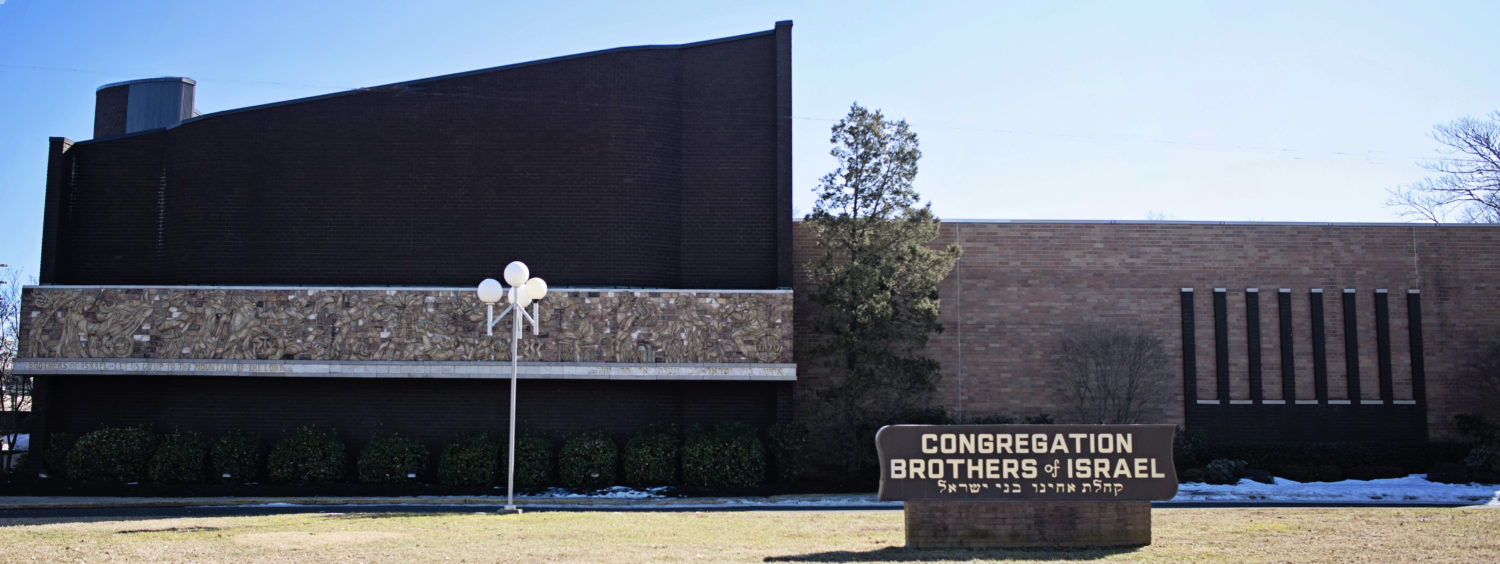Seeing is Believing – Israel Muss HS
Adapted from Rabbi Braun’s sermon in 5779
They say that “seeing is believing”.
There is a rabbinic saying that certainly preceded that, שאינו דומה שמיעה לראיה, there is no comparison between seeing and hearing, implying that seeing is much more impactful.
Its source is in a Midrash to today’s parsha and I think that idea has relevance for how Israel is seen in the world today and relates to work that Aipac and JNF do.
That phrase שאינו דומה שמיעה לראיה, works on two levels.
On one level it could mean that when you hear something you certainly understand it to be true, but when you see it the feeling intensifies.
Rav Moshe Feinstein (YD 2/150) was asked in 1967 about Israeli hospitals who would dissect bodies after the people has passed away. Not autopsies but dissection and dismembering!
He was asked about burial and tumah, he was asked if it was permissible to steal the limbs for burial from the hospital.
The question that is relevant to our phrase is the 4th one asked – would it be permissible to bring those limbs to a demonstration against the practice of the hospitals? The advantage of bringing them according to the questioner would be שאינו דומה שמיעה לראיה!
There is no question that people would understand what the hospital was doing and what the protest was about but seeing the limbs would intensify their understanding of what was being done to these bodies.
The phrase in its original was meant to be understood in the same way.
In our parsha the people make the golden calf and Hashem tells Moshe to descend the mountain because the people have sinned. Moshe does so, sees the people sinning and smashes the tablets to the ground.
The midrash asks – why did Moshe wait until he saw the people sinning to break the luchot? Clearly, he believed Hashem and knew that the people had sinned.
The Midrash answers – שאינו דומה שמיעה לראיה – seeing the sin is not the same as hearing about it, and only when Moshe saw it – does he break the luchot.
Here as well, the phrase must mean that seeing the action intensified the feeling and led to the shvirat haluchot. Hashem told him; he certainly believed Hashem but seeing it – that really got to him.
There is a second way that the phrase is used. I think more in line with seeing is believing. Namely, we don’t really know something until we see it.
The Riva in his commentary to Chumash explains why the Ten Commandments begins with I am Hashem who took you out of Egypt, and not I am Hashem who created the heaven and earth.
He writes – שאינו דומה שמיעה לראיה – the Jews saw the Exodus, while they did not witness the creation of heaven and earth. Thus, Hashem introduces himself as the God who took them out of Egypt.
you see differently than that which you are simply told about.
A second example will help to clarify.
In the beginning of Parshat Balak we read:
(ב) וַיַּ֥רְא בָּלָ֖ק בֶּן־צִפּ֑וֹר אֵ֛ת כָּל־אֲשֶׁר־עָשָׂ֥ה יִשְׂרָאֵ֖ל לָֽאֱמֹרִֽי
(ג) וַיָּ֨גָר מוֹאָ֜ב מִפְּנֵ֥י הָעָ֛ם מְאֹ֖ד כִּ֣י רַב־ה֑וּא וַיָּ֣קָץ מוֹאָ֔ב מִפְּנֵ֖י בְּנֵ֥י יִשְׂרָאֵֽל
Balak saw how the Jews destroyed the Emorites.
Yet the people of Moab, his people only are afraid because the Jews are large in number.
Why aren’t they afraid because they are a military power with God on their side? Why only because they are large in number?
The Shelah explains that Balak was at the battle sight and he SAW what the Jews could do. But the rest of the people were not there, they did not see it, they only heard about it and thus they did not really believe it – thus they were only truly afraid of the large numbers which were apparent.
Here as well, this is not a question of intensity of belief, rather of belief at all. Hearing about something doesn’t always translate into belief and knowledges.
That principle is clearly in play when it comes to attitudes about Israel, the nature of the country and people, and it security reality. Hearing about a country that is only 8 miles wide at its most narrow point, about a democratic country with tolerance and rights for all is often not sufficient.
But when you go and see it, it becomes real! You see the people, the mosques, the gay bars and you understand that Israel is a democracy with western values.
You see how close the enemy is – you understand the security needs in a way that you did not before.
This is not a question of intensity but of belief and knowledge.
That is why Aipac’s educational arm takes as many freshman congressmen and women and senators to Israel. Because seeing is believing – and hearing about it – doesn’t lead to knowing.
Here is another JNF mission plug. They have a high school for students from outside of Israel who want to spend a semester or mini semester abroad, the Alexander Muss HS. We asked them, why did you purchase the school and continue to support it?
The answer was simple – these are public school kids who are going on to college with all of the anti-Israel sentiment and BDS etc.
We want them to experience the real Israel – to see it so that they will know the truth. And when they get to college and hear the lies, they will know the truth and fight for it.
They will become the leaders of the anti BDS groups etc.
Because seeing is believing and אינו דומה שמיעה לראיה!


